10 things you may not know about building a log home in New Zealand
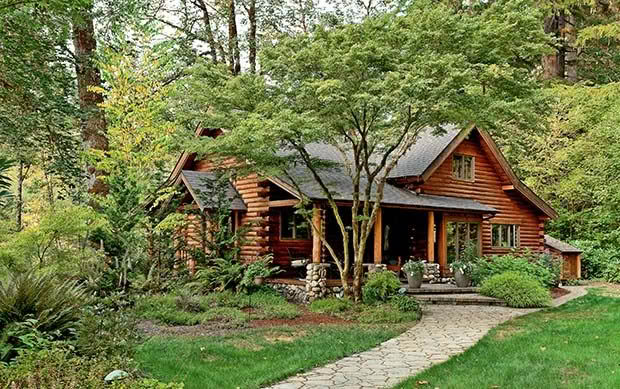
You might think hunting lodge, you might think it’s too much wood for one home, but the modern log house is a strong statement in clean, green, renewable, hand-crafted building work.
Words Nadene Hall Photos Natural Log Home & Adie Long
There’s one thing a lot of log home owners take for granted, but it’s immediately apparent to anyone who walks into one for the first time. The huge logs that make up the outer walls can’t help but remind you that they were once trees when you look at them, but it’s the beautiful wood scent that lingers.
There’s also the distinctive style, from something like a small cabin where Grizzly Adams might come wandering past, to luxury hunting lodges high in mountains where snow builds up many feet thick and the heads of wild animals line the walls.
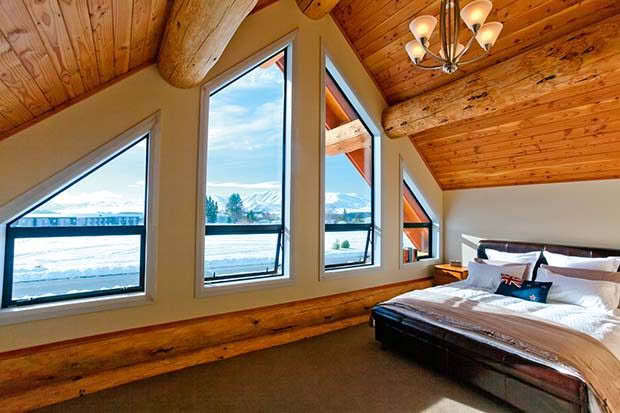
Graeme Mould is the President of the Log Builders’ Association of NZ (LBANZ) and a veteran log home builder. He has run Natural Log Homes for 25 years and built everything from small cabins to huge luxury lodges in NZ, Australia and the USA, but not one of them has ever been the same.
If you’ve ever wanted to build a log home, here’s 10 things you need to know:
1. There are no limits
Trees can only grow so big, so you might think this puts a limit on the size of home you can have. “There’s no limit to size, shape, design,” says Graeme. “With some of those elements you’ve got more flexibility because logs can span bigger distances as beams and floor joists and roof pieces, and the design parameters are well open for log construction. We’ve built over 700-1000m² homes right down to tiny little cabins.”
How to design a home that will last for centuries
There are examples of log homes worldwide that have lasted for hundreds of years, but it’s not the logs used that are key to their longevity explains Fletcher Parsons in an article for Log Homes magazine from 2008. The forester and owner of Appalachian Log Homes says it comes down to a few key design features that every log home should have.
• engineered for shrinkage and free settling
• designed with a wide roof overhang and lots of porch area
• is built on a well-drained and ventilated foundation
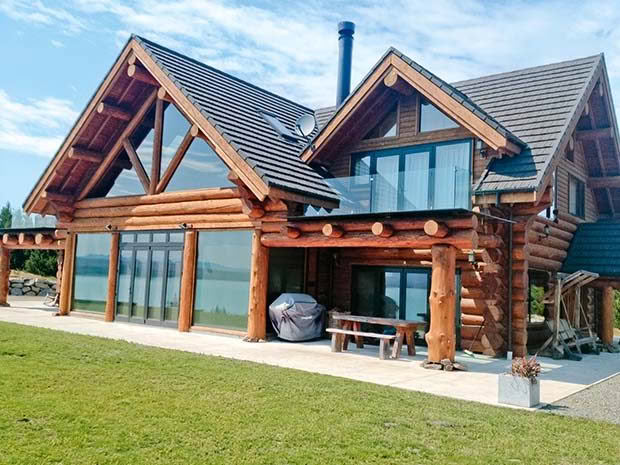
“More important than which wood to choose or how it is dried is how that wood is assembled when you build your home,” he writes. “In constructing a ‘stick house’ you have five opportunities to prevent air infiltration through the wall. In constructing a log wall you have this opportunity each time you permanently fix a log in place. You should strive to do it only once by doing it right the first time.”
2. These homes are built to take cold
One of the reasons you find log cabins in remote, often very cold areas is because of the amazing insulation values of the thick logs used. “I don’t know the exact R value number,” says Graeme. “But it’s very high, that’s why they’re mostly built in Canada and North America – it’s not because they’ve got lots of trees, it’s because of their extremely good insulation, very warm in winter and cool in summer.”
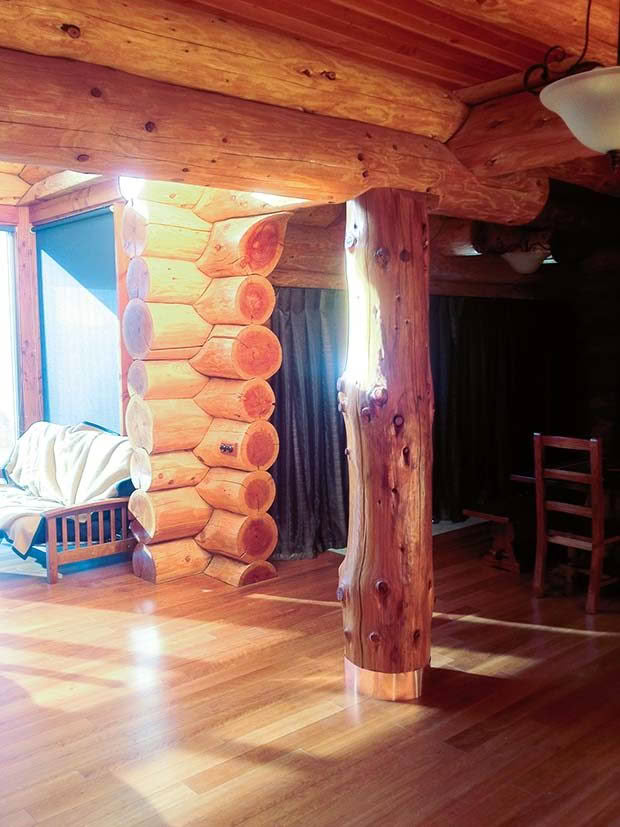
3. It’s highly unlikely to ever burn down
You’d think having a home built from trees that fire might be a risk, but ironically it’s the very reason why they won’t. Think about putting a big log in your fire place and you get the idea of what happens if there is a fire in a log home.
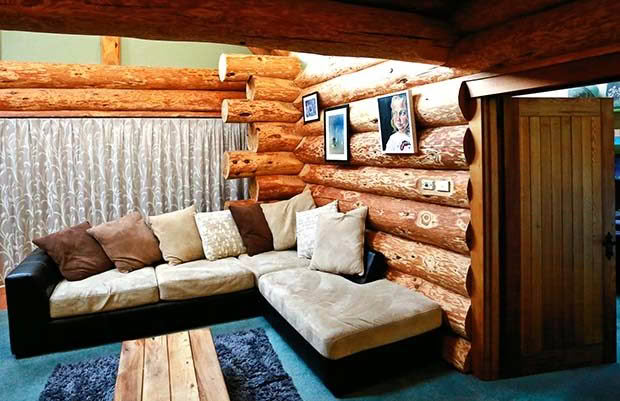
“You could put a blow torch against a log wall and it would just go out,” says Graeme, who in his spare time is the chief fire officer in Geraldine. “It’s a solid fuel mass that is hard to burn.”
4. They are super tough
We don’t recommend you do this, but you can do your own test on just how tough a log cabin is.
“The structural integrity of the log portion of the dwelling is very strong,” explains Graeme. “You could drive your car into that and it would just write your car off, it wouldn’t hurt your building.”
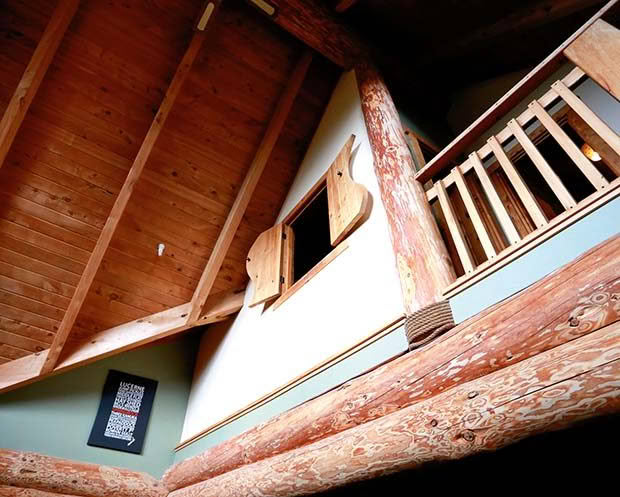
There’s also proof from a more recent real-life test on one of Graeme’s homes built high on the Port Hills above Christchurch, an area that suffered severe damage in the 2010 and 2011 earthquakes.
“It took 2g sideways and 1g sideways and we got a glowing report from an engineer about that building. It’s tactile a little so it can move and go back to its original position without breaking. The only thing that did break were the conventional (plaster) board walls inside.”
5. A log wall is more than a wall
When you lay logs together and create a wall, you’re getting more than you think. “A log wall is a foot thick in comparison to the 4×2” wall (in a conventional build),” says Graeme. “The log is your inside lining, your outside lining, your framing, your insulation all in one.”
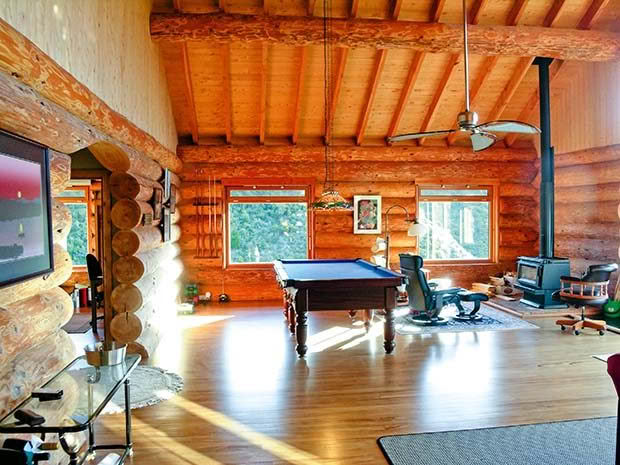
Where do all the electrical cables and plumbing go? When a home is designed – there are four architects in NZ with log building design experience says Graeme – anything that needs to go through a wall is planned well ahead of time. Once you know where you want a three-pin plug, a hole is drilled from the top of the wall vertically to where the plug is needed.
6. There are logs and then there are logs
The ‘best’ wood has a dense cell structure in its heartwood, has grown over a long time to a good girth size, and has naturally-occurring toxins that make it resistant to fungi and insects.
For NZ, the most common construction log is Douglas fir (Pseudotsuga menziesii). “We’ve used other species such as Lawson cypress, larch, redwood even, but there’s more fir easily available. Some of the native species are awesome but you just can’t get them.”
One wood that doesn’t make the cut is pine (Pinus radiata), and Graeme wouldn’t use it anyway. “There wouldn’t be a council in New Zealand who would let us use untreated radiata because it’s too soft. The Douglas fir cell structure is more superior to pine.”
WHAT IS THE PERFECT LOG?
For a log home, they will be:
• straight
•all of the same age so they have the same moisture content
• good length (ideally 10-12m)
The final aspect is girth, about 350mm across the middle. It’s about the same amount of labour content to lay a log on the wall whether it’s little or big, so you save money when you use fewer, bigger logs.
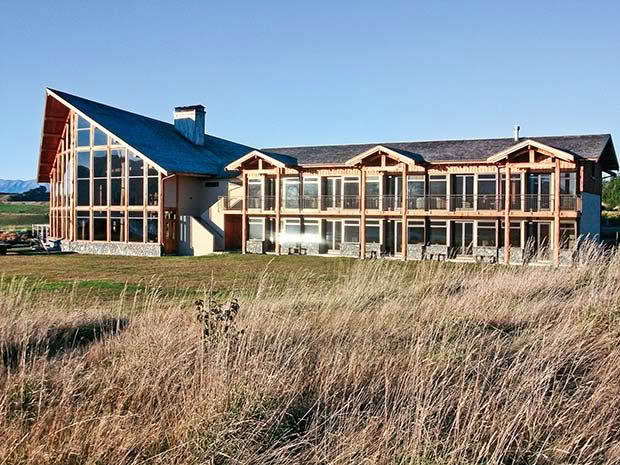
7. A log home doesn’t have to be ‘woody’
A lot of people think of all wood homes build in the 1970s that are just too much of a good thing, dominated by the exposed timber. While a log home’s outer walls will be the exposed timber – think of it as a unique ‘wallpaper’ says Graeme – the insides are usually your normal plaster board-lined walls that you can paint and decorate however you like.
“There’s always that nice contrast, and it’s a very, very nice contrast where a gib board wall intersects with a log wall, you’ve got that real fine flat surface meeting this rustic wooden natural product.”
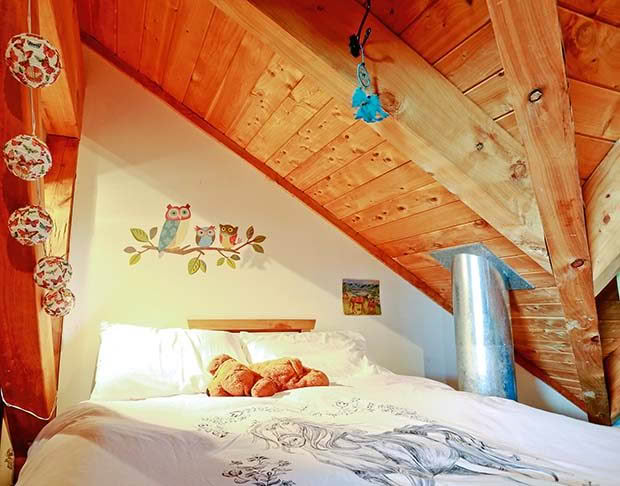
8. This is hands-on hand-crafting
You can build a log home yourself – the Log Builders’ Association runs a course each summer teaching people how to do it, see page 23 for more details) – but a lot of people don’t appreciate just how hands-on you’re going to get. Most think big chainsaws are all you’ll need.
Choosing the right log is a huge decision, and you need a good eye to know how they’re going to fit together. Logs naturally taper from fatter at the bottom to thinner at the top so to avoid a ‘wedge’ shaped wall you alternate the way you lay them.
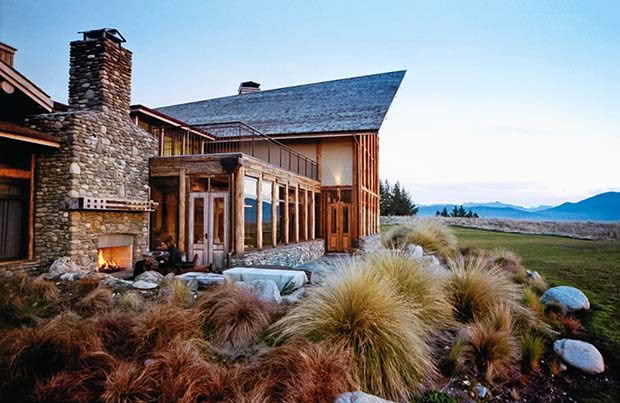
To get the log ready, the bark must be removed fairly soon after they are felled, or it hardens and becomes much more difficult to remove. There’s no machine that is big enough to handle a large, one-tonne-plus log, and they can’t replicate the look of a hand-hewn log so this is done manually using a very sharp drawknife to peel off the bark and a sliver of the outer wood.
“We’re just shaving off anything rough from where it was felled and dragged though the forest,” says Graeme. “It gets a bit roughed up, so it’s just tidying it up.”
9. How to make a wall with no gaps
No tree will ever lie perfectly on another tree. To build the perfect wall, Graeme’s team match logs and then craft them so they fit together with a 1mm or less gap. The logs are laid on top of each other in a rough state, then a special tool scribes a line down each one.
“They’re like calipers with two pens in them and with that tool they can transfer the contours of each log onto each other. They’re hand dragged along the whole length of the log… so now there are two lines that wobble in and out, and up and down, and we lift the top log off the wall, turn it upside down on the ground and then cut exactly to that 1mm line and that is how you can create a wood to wood tight fit.”
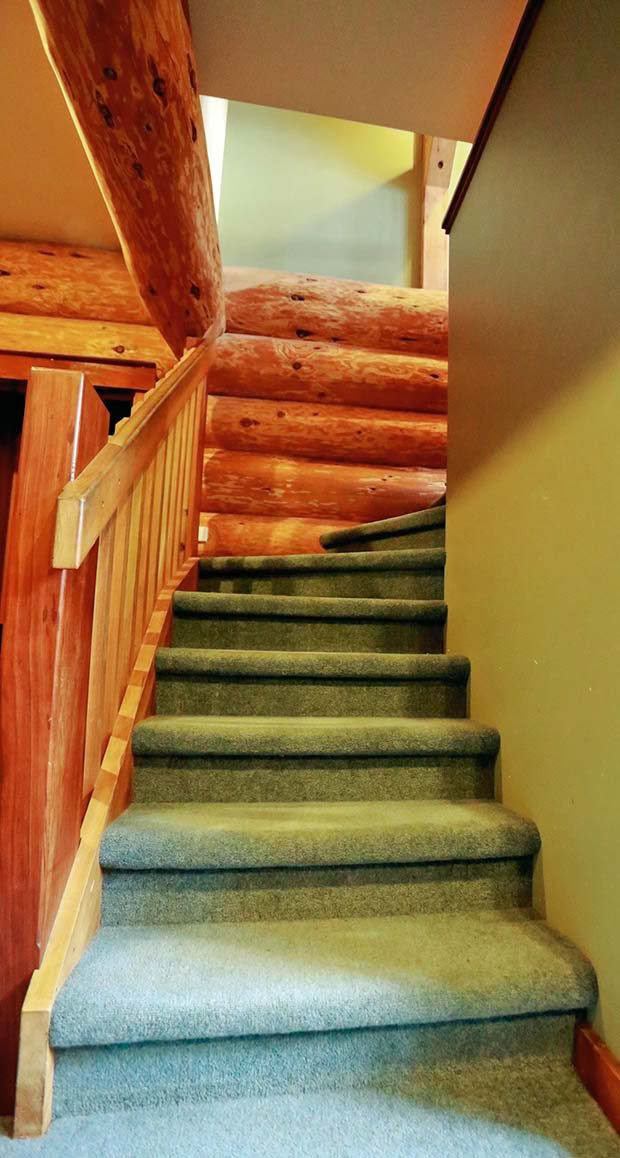
Each cut is then finished with a fine sander to make the fit as tight as possible. “The log work is labour intensive, three, four, five months of work in our yard for a house of (250m²).”
10. You’ll also need a conventional builder
A conventional builder will be doing the foundations and floor slab during this time. Graeme’s team then comes in, puts together the log walls in a couple of days, then leaves the internal walls and finishing work to the other builder.
WHY LOG HOMES ARE SO GREEN
If you’re looking for an all-natural home, log buildings score highly because the wood used doesn’t require chemical treatments due to its dense cell structure and naturally-occurring toxins that repel insects and fungi.
Love this story? Subscribe now!
 This article first appeared in NZ Lifestyle Block Magazine.
This article first appeared in NZ Lifestyle Block Magazine.
